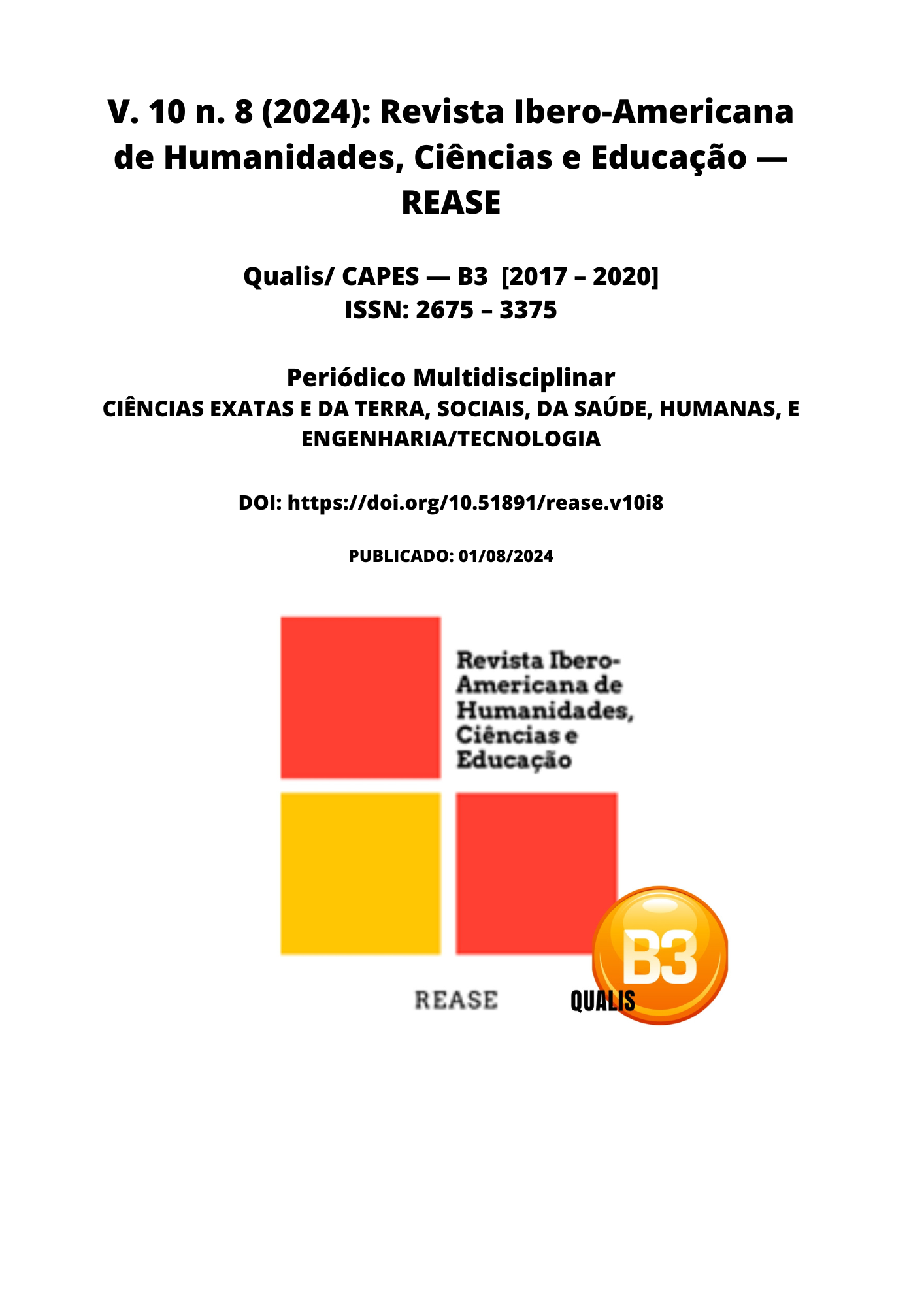EFFICACY OF CATHETER ABLATION IN PAROXYSMAL ATRIAL FIBRILLATION
DOI:
https://doi.org/10.51891/rease.v10i8.15183Keywords:
Catheter ablation. Atrial fibrillation. Effectiveness.Abstract
Catheter ablation has emerged as an effective therapeutic intervention for the treatment of paroxysmal atrial fibrillation (AF). This integrative review evaluated the efficacy of catheter ablation compared with medical therapy, including 17 studies with a total of 12,384 patients. The results showed that catheter ablation provides significantly higher rates of maintenance of sinus rhythm and improvements in patient quality of life. Although catheter ablation involves risks of complications, the overall rate of serious adverse events is relatively low. Recurrence of arrhythmia after the procedure was observed in up to 30% of patients, highlighting the need for continuous monitoring and possible re-ablation. Comparison between radiofrequency ablation and cryoablation techniques revealed similar efficacy and safety, with the choice of technique depending on patient-specific factors. In conclusion, catheter ablation represents an effective and safe first-line treatment option for paroxysmal AF, offering significant advantages over medical therapy.
Downloads
Downloads
Published
How to Cite
Issue
Section
Categories
License
Atribuição CC BY

